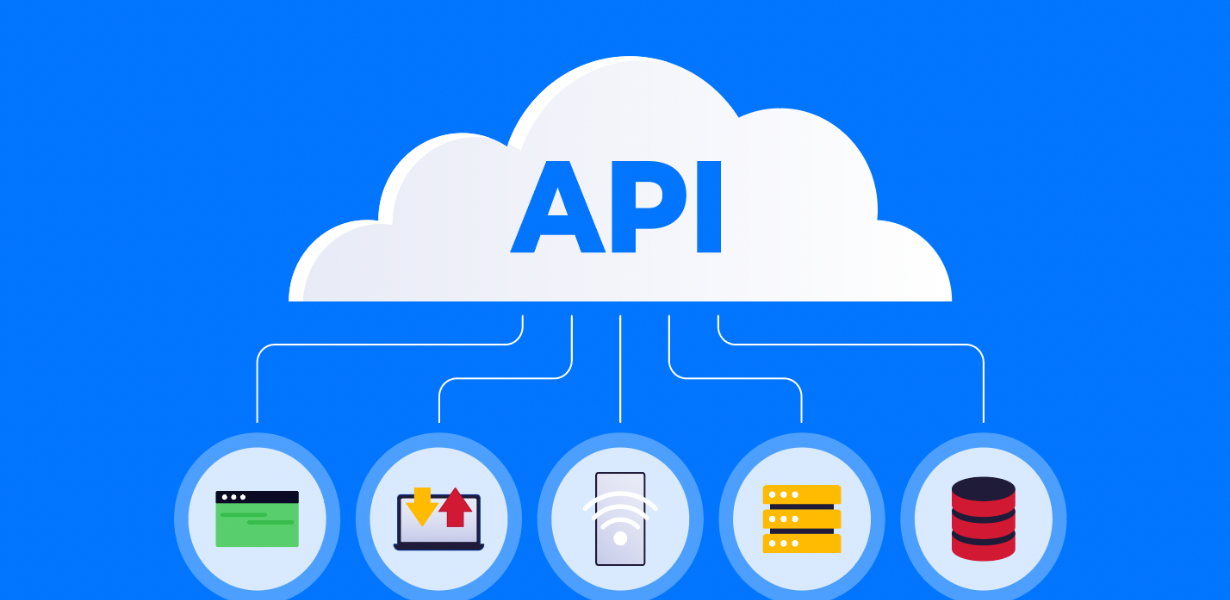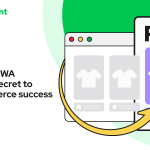
Supercharging Web Apps: Harnessing the Power of Web API Integration
- Post
- August 8, 2023
- Web API Integration, Web APIs, Web Technologies
- 0 Comments
Web applications have revolutionized the digital landscape, enabling businesses to engage users across the globe. However, the true power of web apps is unlocked when they seamlessly integrate Web APIs, allowing for enhanced functionality and a superior user experience. In this comprehensive guide, we delve into the realm of web API integration, exploring its significance, benefits, and implementation strategies. Let’s embark on a journey to harness the potential of web APIs and supercharge your web apps.
Understanding Web API Integration
Web API integration involves the connection of diverse applications, systems, or platforms through a set of protocols, enabling them to communicate and exchange data seamlessly. Web APIs (Application Programming Interfaces) serve as intermediaries that allow different software components to interact effectively. This integration empowers developers to leverage external services, resources, or functionalities to enhance their own applications.
Key Points:
- Web API integration enables apps to access external functionalities.
- It facilitates communication between disparate software systems.
The Significance of Web API Integration
In the contemporary digital landscape, user expectations are higher than ever. Web API integration offers a multitude of benefits that cater to these expectations, ranging from expanded capabilities to improved user experiences. By tapping into external APIs, developers can effortlessly incorporate features that would otherwise be time-consuming to build from scratch.
Key Points:
- API integration enriches apps with new capabilities.
- It accelerates development by leveraging existing resources.
Benefits of Web API Integration
Enhanced Functionality
API integration empowers developers to augment their apps with specialized features, services, or data sources. This enhances user experiences by providing more comprehensive and tailored solutions.
Time and Cost Efficiency
Integrating pre-built APIs eliminates the need to reinvent the wheel. This reduces development time and costs while maintaining high-quality standards.
Scalability
APIs offer the flexibility to scale applications rapidly by incorporating external services, ensuring optimal performance even as user numbers grow.
Real-time Data
API integration allows apps to access real-time data from external sources, ensuring users receive up-to-date and accurate information.
Focus on Core Competencies
By outsourcing certain functionalities to APIs, development teams can focus more on their app’s core features, leading to faster innovation cycles.
Implementing Web API Integration
Identify App Needs
Begin by assessing your app’s requirements. Determine the functionalities or data sources that can be enhanced through API integration.
Choose Reliable APIs
Select APIs from reputable providers that align with your app’s goals and offer good documentation and support.
API Documentation
Thoroughly understand the API documentation to effectively integrate it into your app. Pay attention to endpoints, authentication methods, and rate limits.
Data Security
Implement proper security measures to protect sensitive data during API interactions. Use secure authentication methods and encryption protocols.
Challenges and Solutions
Data Privacy Concerns
Challenge: Integrating external APIs may expose user data to third-party services.
Solution: Implement data anonymization techniques and ensure APIs adhere to strict data privacy standards.
API Reliability
Challenge: Dependency on external APIs can lead to app instability if the API experiences downtime.
Solution: Have contingency plans in place, such as fallback mechanisms, caching strategies, or redundant API options.
Final Words
Web API integration is the key to supercharging your web apps and delivering exceptional user experiences. By intelligently harnessing the power of external services, your applications can transcend limitations and offer functionalities that keep users engaged and satisfied. Unlock new horizons in app development through seamless integration and watch your digital creations soar to new heights.
Commonly Asked Questions
Q1: Can I integrate multiple APIs into my web app?
Yes, you can integrate multiple APIs into your web app to offer a diverse range of functionalities. However, ensure that these APIs work harmoniously and don’t create conflicts.
Q2: Are there free APIs available for integration?
Yes, many providers offer free tier APIs that can be integrated into your app. However, be mindful of usage limits and potential fees as your app scales.
Q3: How can I ensure the security of data during API interactions?
Implement secure authentication methods like API keys or OAuth, and use encryption protocols (HTTPS) to safeguard data during transit.
Q4: What if an integrated API undergoes changes or becomes obsolete?
APIs can change over time. Regularly review and update your integrations to adapt to API changes or consider transitioning to alternative APIs.
Q5: Is real-time data always beneficial for my app?
Real-time data can enhance user experiences, but evaluate whether your app truly requires it. Consider factors like data accuracy and the impact on app performance.




